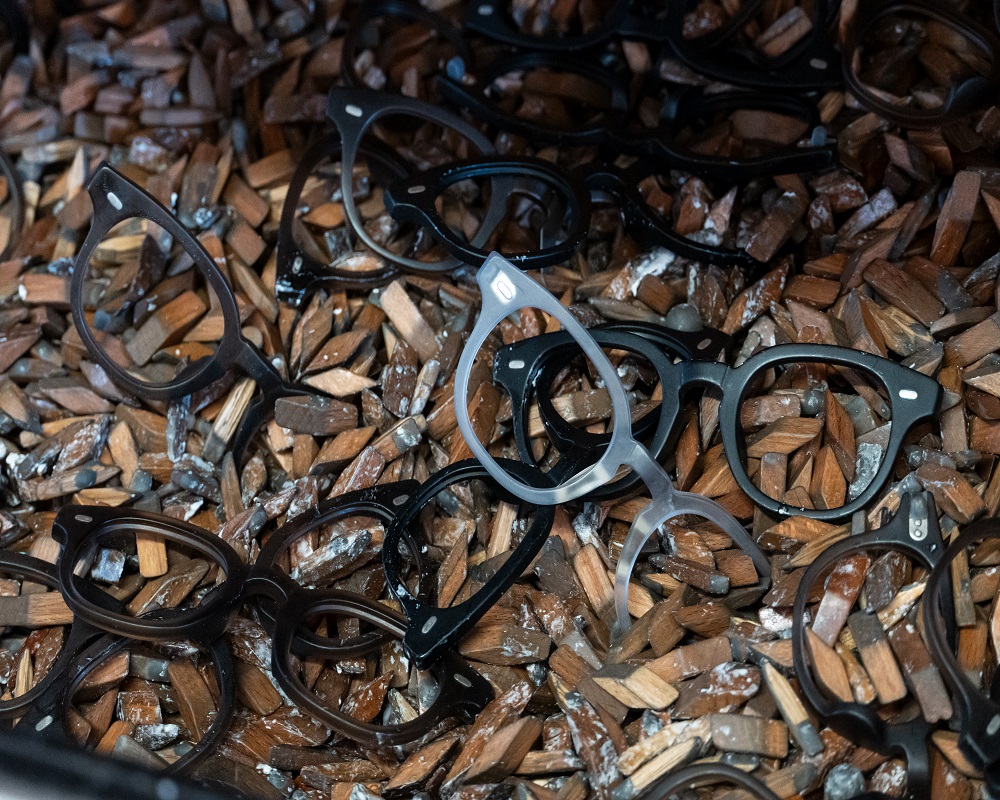The eyewear industry is facing unprecedented challenges due to supply chain disruptions and delayed deliveries of raw materials. As a result, brands need to rethink their production planning and timing. Ensuring they can meet customer demands while maintaining product quality is a top priority. This article will discuss the best strategies for optimizing your eyewear production timing, considering the requirements for design and the extended production times resulting from raw material delays.

Begin with a Comprehensive Production Timeline
The first step in optimizing your eyewear production timing is to create a comprehensive production timeline that takes into account every stage of the process. From initial design to final delivery. This timeline should factor in potential delays in raw material deliveries, extended production times, and any additional lead time required for design revisions or prototypes. By having a clear understanding of the entire production process, you can better anticipate potential bottlenecks and adjust your planning accordingly.
Prioritize Design and Prototype Development
With the extended production times and raw material delays, it’s crucial to prioritize the design and prototype development stages of your eyewear production. Allocate sufficient time for your design team to create innovative, market-driven designs. This will set your brand apart from the competition. Additionally, allow ample time for prototype development and testing to ensure your designs are functional, comfortable, and meet industry standards.
Collaborate Closely with Suppliers and Manufacturers
In times of supply chain disruptions, effective communication with suppliers and manufacturers is more critical than ever. Maintain open lines of communication with your raw material suppliers to stay informed about any potential delays or shortages. By being proactive in addressing these issues, you can adjust your production planning and minimize the impact on your eyewear brand.
Similarly, collaborate closely with your manufacturers to understand their current capacity and lead times. Work together to develop contingency plans in case of further delays or disruptions. Ensure that your production can continue with minimal impact on your overall timeline.
Plan for Buffer Time and Flexibility
Given the current uncertainties in the eyewear industry, it’s essential to plan for buffer time and flexibility in your production schedule. This might involve allocating extra time for raw material deliveries. Allow additional revisions in the design phase, or even consider alternative suppliers and manufacturers if necessary. By building in buffer time and flexibility, you can better navigate any unexpected challenges that arise.
Consider Pre-booking Raw Materials and Production Slots
To mitigate the risk of raw material delays and extended production times, consider pre-booking your required materials. This proactive approach can help secure your place in the production queue. It also ensures that your eyewear brand isn’t negatively impacted by supply chain disruptions. Keep in mind, however, that pre-booking may require additional upfront costs and financial planning.
Organizing eyewear production in the face of raw material delays and extended production times can be challenging. However, by creating a comprehensive production timeline, prioritizing design and prototype development, collaborating closely with suppliers and manufacturers, planning for buffer time and flexibility, and considering pre-booking raw materials and production slots, you can successfully navigate these challenges and maintain a competitive edge in the eyewear industry. Adopting these strategies will help you optimize your production timing and ensure that your eyewear brand continues to thrive.









Leave a Reply